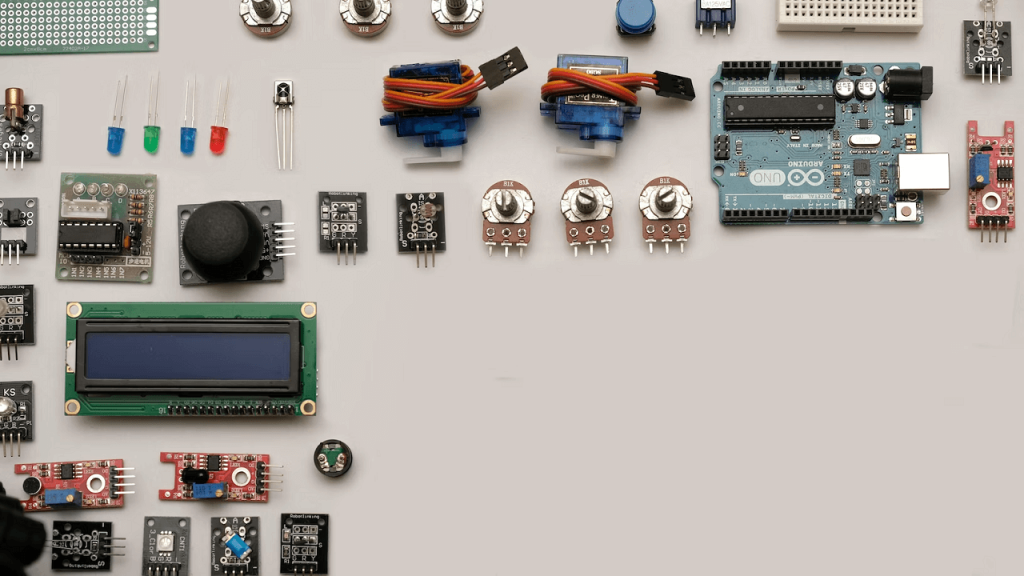Creating software for the Industrial IoT is easy if you have programming knowledge and familiarity with industrial equipment and sensors. However, it can be very challenging if you lack programming knowledge. If you do not have any programming experience, you can start with a free online course in programming for the Industrial IoT.
What is industrial IoT?
The Industrial Internet of Things (IIoT) is a growing network of sensors, software, and hardware that enables smart factory automation, supply chain visibility, and other connected services. It can help manufacturers monitor production processes more efficiently, reduce downtime, track inventory more precisely, and improve products by collecting data about how customers use them. The IIoT is a game-changing technology that promises to revolutionize manufacturing, supply chains, and other industries. AI, big data, cloud computing, mobile apps, sensors, and other digital tools are making production sites smarter than ever. Everything from cars to cans is getting smarter. Almost everything is being made with internet connections in mind, from smart fridges to smart tailors. The software industry has responded quickly by creating new products designed specifically for the industrial IoT (IIoT).
Requirements for the Industrial Internet of Things
There are requirements that you need to meet before you can get started with Industrial IoT. These requirements are as follows:
- Cloud Computing You need to have a cloud-based computing environment for the Industrial IoT. This is because it requires a lot of data to be collected and stored. A cloud computing platform will enable you to access Industrial IoT data anywhere and anytime through the internet. Cloud computing has been proven to be very effective in this field.
- UX (User Experience) User experience is very important when you are designing Industrial IoT solutions. The user experience will determine the success of your product or solution. You should design the industrial IoT with a user-friendly interface so that end users can access it easily. It should be easy for the user to understand and use the product.
- Security Industrial IoT systems are very sensitive and require a lot of security. Security is a significant part of the process. You need to make sure that the data collected and stored is secure. This is because this application will handle huge volumes of data, and you will not want that data to be accessed in time. You also need to ensure that the data is completely secure so that it cannot be tampered with or stolen and is not used for illegal purposes.
- Smart Machines You have to have smart machines in your Industrial IoT. These machines are equipped with sensors that collect data and send it to a cloud-based system. A smart machine is simply a machine that can interact with other machines and systems for data exchange and management https://datafloq.com/read/industrial-internet-things-challenges-requirements/.
Key Technologies for Building Robust IIoT Applications
The Industrial IoT is not just about building applications. It is also about building robust applications that can work even when the network connection is down. This can be achieved by using several key technologies, which include:
- NODE-RED NODE-RED is a very robust internet of things (IoT) platform that developers can use to create their own IoT applications. This can be done using the concept of flows, consisting of nodes, input, and output nodes. It is based on the concept of a publish/subscribe messaging system that works in real-time. The main advantage of using NODE-RED for building IoT testing solutions is that it can connect to most of the devices and sensors available in the market today. This makes it very easy for developers to build applications using this technology.
- OPC UA OPC UA is a technology standard used to communicate with industrial equipment. It is more commonly known as Universal Device Connectivity and can be used to control, monitor, and collect data from industrial equipment. This standard protocol is used to communicate with devices in the field. It uses UDP as its transport mechanism and is compatible with protocols such as TCP/IP.
- MQTT MQTT is a lightweight publish-subscribe messaging protocol that supports TCP. It is used in Industrial IoT applications to exchange data between devices and clients. It has many applications and is used in many areas, such as energy, water, transportation, etc. MQTT has security support, and it also supports redundancy. IBM originally developed it, but it has become a popular technology for building IoT applications.
IoT Testing In The Process
When developing software for the Industrial IoT, you must test the application. You must create a test plan to help you test and debug your application. For example, IoT medical devices must be tested before being used in hospitals. They have to be tested for functionality and also for safety. The technicians and engineers working on the production line do Internet of Things testing. These technicians and engineers use various IoT device test equipment and IoT application testing tool to test IoT devices and applications. These tools are used to ensure that IoT devices and applications work properly. An IoT software testing company uses various processes to test software applications. Testing is an essential part of software development. These processes are:
Functional TestingRegression TestingLoad TestingPerformance Testing
Conclusion
Industrial IoT is a great way to improve the productivity and profitability of a company. You can use IoT to collect data, which will help you create software applications to improve the company’s efficiency. This will also increase the sales and profits of the company. Applying IoT in your company can build a strong and sustainable business.
